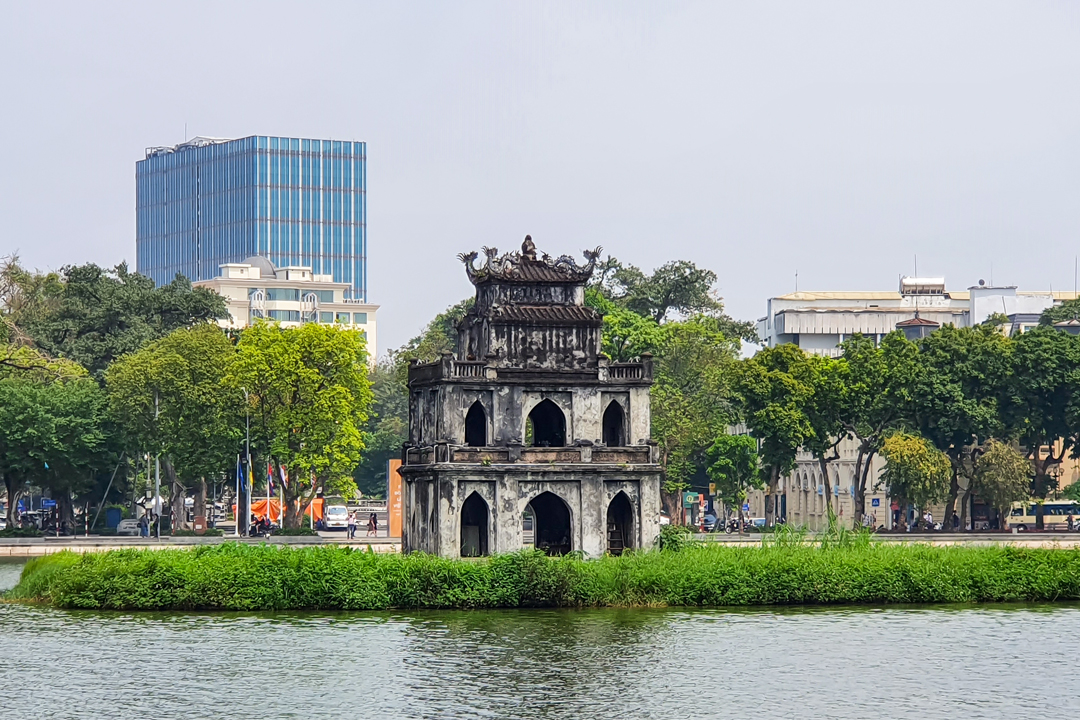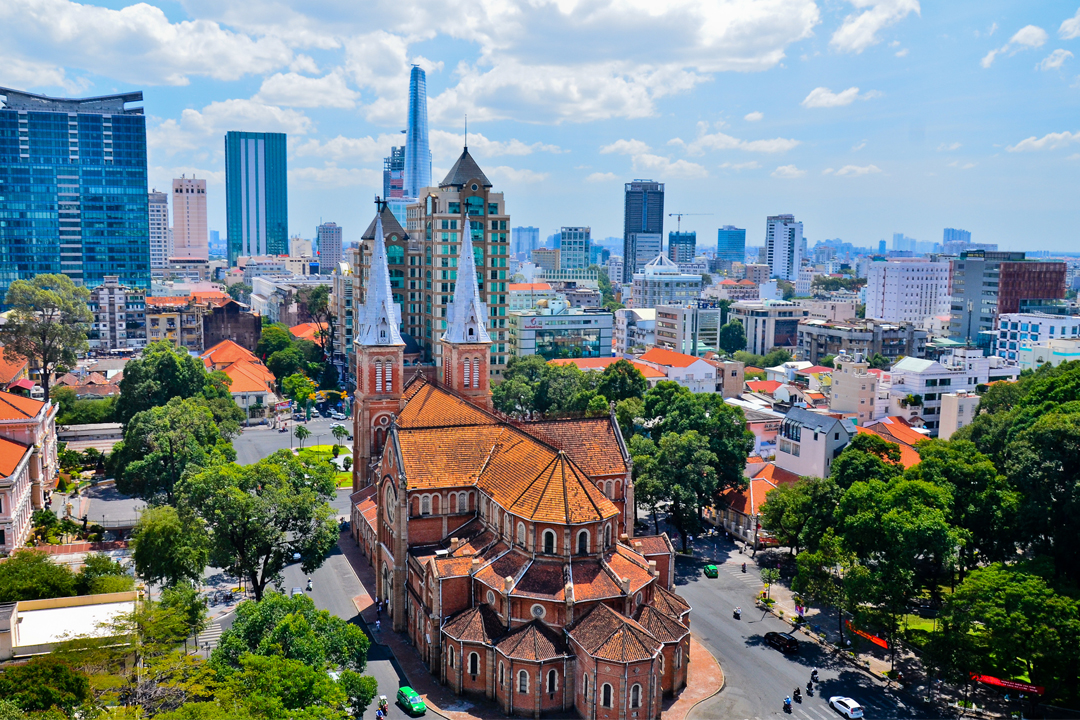Item 1 of 1
- Tour
- Destinations
- Types of tourism
- Travel Blogs
Dec
2025 4 November-4 December
4 November-4 December 4 December-4 December
4 December-4 December
Booking tour in Vietnam now
Recently Viewed Trips
The Adventure Begins Here
Get regular inspiration straight to your inbox.
You can unsubscribe at any time.
Protected by Google reCAPTCHA.





